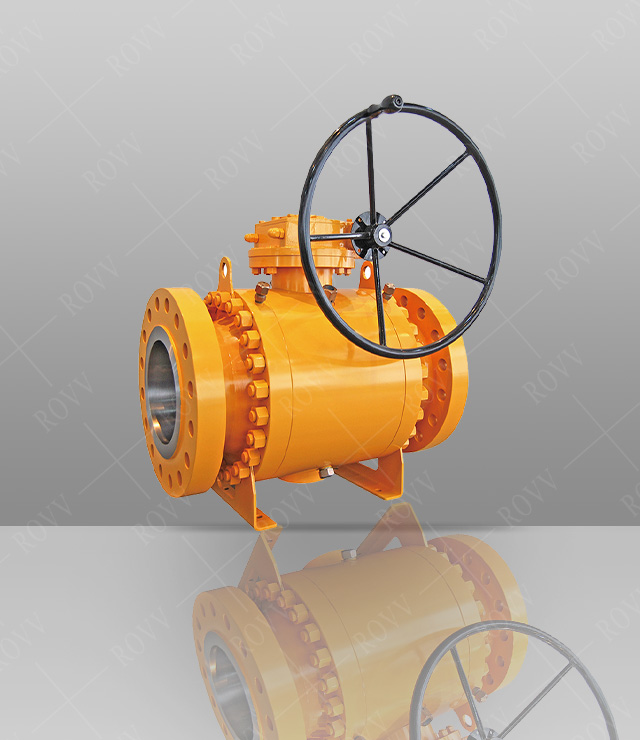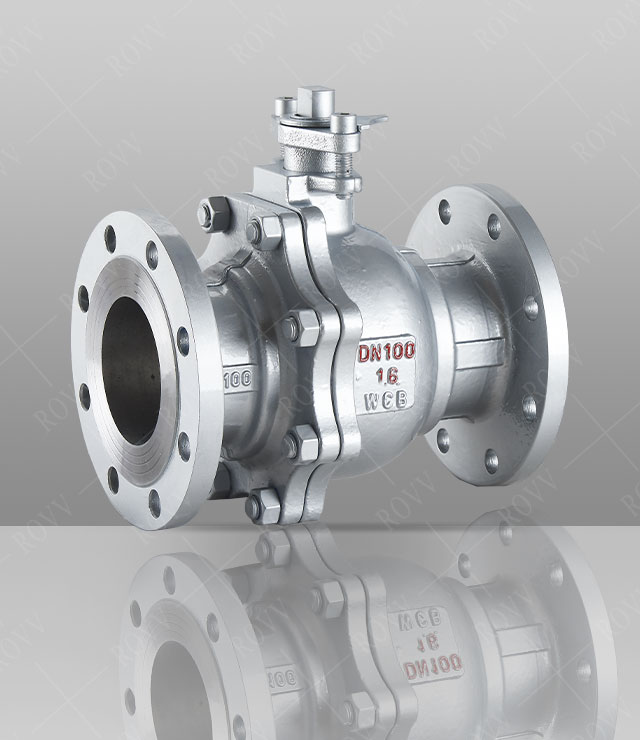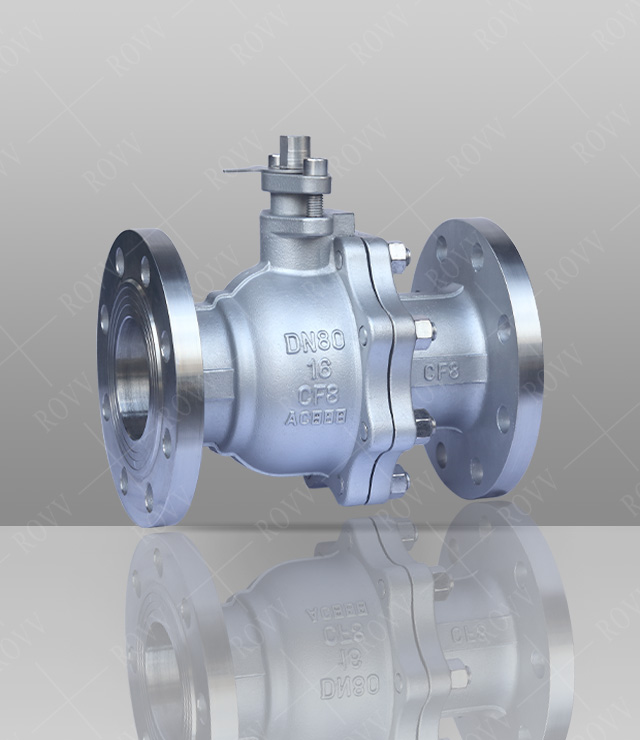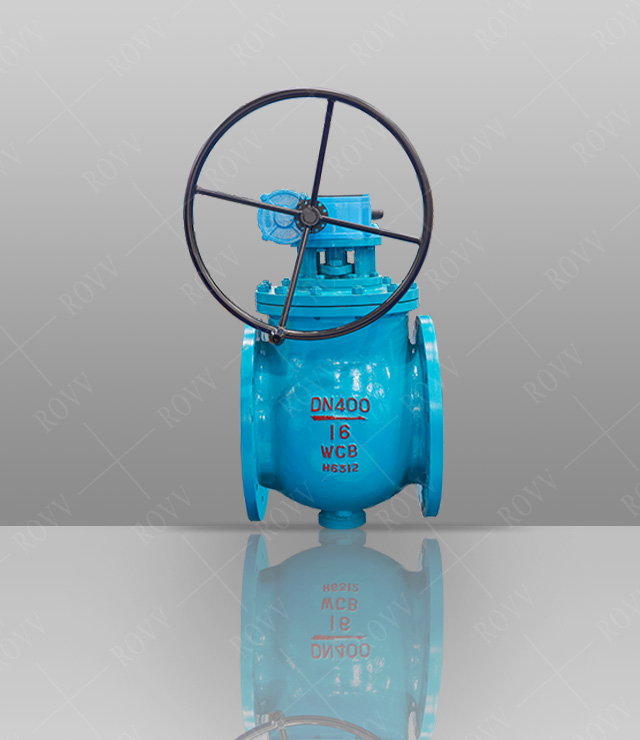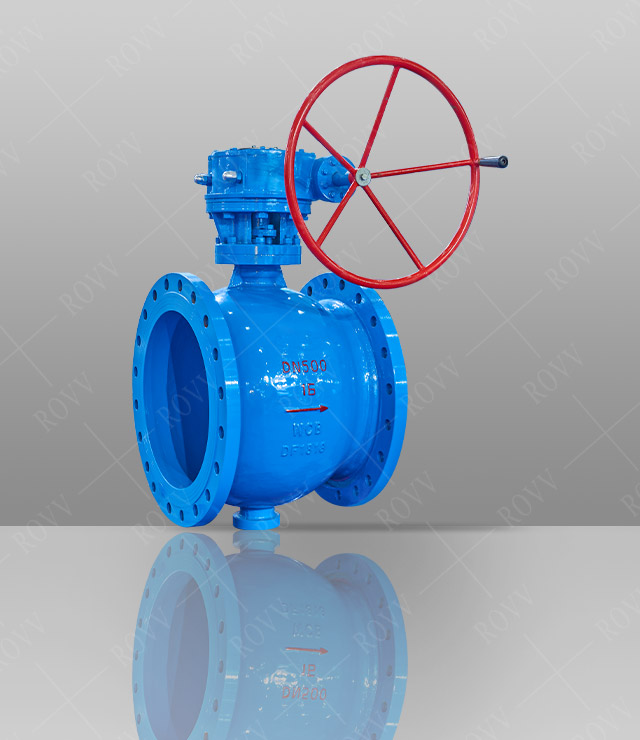Introduction to antifreeze and maintenance of valves
Release time:2023-04-10 10:31:21
Clicks:
After entering the winter, the temperature drops rapidly, and the valve often freezes. If left untreated, pipes are prone to failure. If it is in some high-risk conditions, accidents may also occur. Therefore, the antifreeze treatment of the valve is very important.
Before the temperature drops, it is necessary to carry out a comprehensive insulation work on the valve device to prepare for the winter.
Prepare the necessary tools: insulated cotton, wire, vise, utility knife, and carry an effective gas alarm in the gas area.
According to the size of the valve, cut the appropriate insulation cotton with a utility knife. Then use a vise to cut the wire that needs to be tied. When wrapping the insulation cotton, tear the insulation cotton a little so that it bypasses the valve handle and wraps the valve body better. After wrapping the insulation, fix it with wire.
If you find that there is freezing phenomenon during use and cannot operate normally, do not hit the valve with a wrench or other heavy objects. The correct thing to do is to close the valve, thaw the valve with steam or hot water and then open it.
If the valve is not used for a long time, the medium in the pipeline should be completely eliminated to prevent the pipe and valve from freezing. Ensuring safe production is the obligation and responsibility of every enterprise. The matter of valve antifreeze can be big or small, and we must not cause an irreparable situation due to momentary negligence.
In view of the characteristics of winter, the actual situation of the project should be formulated to prevent freezing measures for winter boilers, pressure vessels, pressure pipelines and their auxiliary valves, and safety discharge devices, and implement the measures to the ground.
For parts that are easy to cause freezing cracks, increase the intensity of daily inspections. Pay close attention to sudden and large cooling weather, take heat preservation and response measures in advance, and use thermal insulation materials to strengthen the insulation of the device.
The water in the equipment must be cleaned after deactivation or maintenance to avoid freezing cracking; The pressure vessel that may contain water in the medium should be regularly drained, and the water release valve should pay attention to heat preservation; The water vapor pipeline should check the hydrophobicity, and at the same time keep the trap valve and pipeline warm; The back-up pipes of the chemical system need to be insulated; The safety valves on boilers, pressure vessels and pressure pipelines need to be insulated to avoid freezing and failure; Pay attention to keeping warm when doing hydrostatic tests, especially the antifreeze problem of thinner pipes; When the ambient temperature is low, install a level gauge on the pressure vessel that is easy to freeze or install a steam accompanying pipe on the pressure pipeline to pay attention to the smooth flow of steam.
It should be noted that if the pipeline is frozen, the valve that does not move cannot be hard switched, and the frozen cracked valve should be urgently purchased, and the maintenance team should be arranged to bake the pipe.
Before the temperature drops, it is necessary to carry out a comprehensive insulation work on the valve device to prepare for the winter.
Prepare the necessary tools: insulated cotton, wire, vise, utility knife, and carry an effective gas alarm in the gas area.
According to the size of the valve, cut the appropriate insulation cotton with a utility knife. Then use a vise to cut the wire that needs to be tied. When wrapping the insulation cotton, tear the insulation cotton a little so that it bypasses the valve handle and wraps the valve body better. After wrapping the insulation, fix it with wire.
If you find that there is freezing phenomenon during use and cannot operate normally, do not hit the valve with a wrench or other heavy objects. The correct thing to do is to close the valve, thaw the valve with steam or hot water and then open it.
If the valve is not used for a long time, the medium in the pipeline should be completely eliminated to prevent the pipe and valve from freezing. Ensuring safe production is the obligation and responsibility of every enterprise. The matter of valve antifreeze can be big or small, and we must not cause an irreparable situation due to momentary negligence.
In view of the characteristics of winter, the actual situation of the project should be formulated to prevent freezing measures for winter boilers, pressure vessels, pressure pipelines and their auxiliary valves, and safety discharge devices, and implement the measures to the ground.
For parts that are easy to cause freezing cracks, increase the intensity of daily inspections. Pay close attention to sudden and large cooling weather, take heat preservation and response measures in advance, and use thermal insulation materials to strengthen the insulation of the device.
The water in the equipment must be cleaned after deactivation or maintenance to avoid freezing cracking; The pressure vessel that may contain water in the medium should be regularly drained, and the water release valve should pay attention to heat preservation; The water vapor pipeline should check the hydrophobicity, and at the same time keep the trap valve and pipeline warm; The back-up pipes of the chemical system need to be insulated; The safety valves on boilers, pressure vessels and pressure pipelines need to be insulated to avoid freezing and failure; Pay attention to keeping warm when doing hydrostatic tests, especially the antifreeze problem of thinner pipes; When the ambient temperature is low, install a level gauge on the pressure vessel that is easy to freeze or install a steam accompanying pipe on the pressure pipeline to pay attention to the smooth flow of steam.
It should be noted that if the pipeline is frozen, the valve that does not move cannot be hard switched, and the frozen cracked valve should be urgently purchased, and the maintenance team should be arranged to bake the pipe.




